|
WHO: |
Clear Water Nitrate Reduction |
||
| BUSINESS TYPE: | Agricultural Support | ||
|
SIGNATURE PRODUCTS: |
Nitrate Runoff Mitigation |
||
|
WHERE: IN-PERSON: WEBSITE: |
Based in Owatonna, Installation sites throughout Minnesota On Site installation |
By Michelle M. Sharp, Founder and Content Creator of Meet the Minnesota Makers
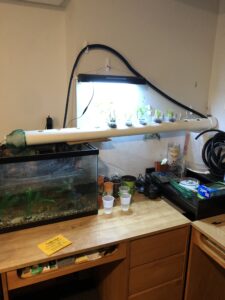 This story starts with a couple of 25 gallon fish tanks in a St. Olaf dorm room.
This story starts with a couple of 25 gallon fish tanks in a St. Olaf dorm room.
Ian Roback founded Owatonna-based Clear Water Nitrate Reduction from the results of an independent research project conducted in his dorm room. Having expanded from a few fish to entire fields of corn, Clear Water Nitrate Reduction offers solutions in wood debris utilization, biochar expertise and water quality practices.
Growing up in Eau Claire, Wisconsin, Ian became interested in reducing fertilizer runoff when he learned that sources of pollution like nitrate and 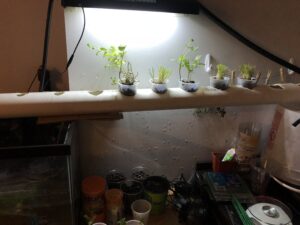 phosphorus were invisible as they leached into the groundwater or local streams. Parts of the watershed were overloaded with nutrient pollution whose negative impact increased as it moved downstream. “As someone growing up in Eau Claire, which means clear water, I developed a passion to reduce this pollution because you can’t see it,” explains Ian. “It needs to be addressed even in areas where the water is clear.”
phosphorus were invisible as they leached into the groundwater or local streams. Parts of the watershed were overloaded with nutrient pollution whose negative impact increased as it moved downstream. “As someone growing up in Eau Claire, which means clear water, I developed a passion to reduce this pollution because you can’t see it,” explains Ian. “It needs to be addressed even in areas where the water is clear.”
BUILDING HIS EXPERIMENT
While studying environmental science and political science, Ian developed an independent study with a mentor to dive deep into this topic that really interested him. He wanted to explore solutions for the problem of clear pollutants that damaged water quality throughout the water’s journey to the southern United States and into international waters.
 This is where the fish tanks come in. The system stretched across both Ian’s and his roommate’s desks in their room; Ian reports that his roommate was very tolerant of the ongoing experiment. Ian grew chives on top of the tank to utilize the excess nutrients produced by both unconsumed fish food and fish-generated waste products.
This is where the fish tanks come in. The system stretched across both Ian’s and his roommate’s desks in their room; Ian reports that his roommate was very tolerant of the ongoing experiment. Ian grew chives on top of the tank to utilize the excess nutrients produced by both unconsumed fish food and fish-generated waste products.
To complete this micro ecosystem, Ian developed a sediment filter, which motivated his first patent application. Between the chives and the sediment filter, no further intervention was necessary to maintain a healthy water environment for the fish.
This system was larger and longer lasting than a traditional fish filter where the tank water passes through a packet of enhanced carbon. The St. Olaf 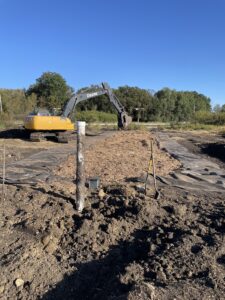 entrepreneurial office staff was instrumental in helping Ian develop an initial business plan that could be commercialized beyond the technical aspects he discovered in his research.
entrepreneurial office staff was instrumental in helping Ian develop an initial business plan that could be commercialized beyond the technical aspects he discovered in his research.
Throughout his studies in both political and environmental sciences, Ian wondered whether there was a political or social issue that created the prevailing amounts of nitrate and phosphorus in both surface water and groundwater. “As I researched both fields, I found that the adoption rates among farmers of practices that would reduce output of the excess nutrients to the desired level for safe water were insufficient,” reflects Ian. “I came to the conclusion that there needed to be new solutions for the challenge. I was looking at different ways that nutrients could be reduced either by plants, by a carbon-based media or by a sediment filter. I realized that it could make a huge social impact by bringing our solution to scale and commercialize it. Once I knew that, I ran with it.”
Ian worked with Red Wing Ignite (now IgniteMN), the Minnesota Initiative Foundation, CEDA and eventually RBIL. After receiving his second patent for another piece of the solution, he started reaching out to farmers to gauge their interest. Once he was able to connect funding resources with farmers, his fish tank model started to gain traction in real life agricultural fields.
WOOD WASTE IS KEY
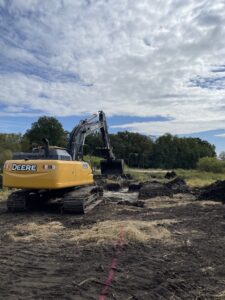 To make these filters run, you need a very large carbon source to soak up the nutrients coming off the farms’ fields. Instead of disposing of wood waste in landfills or sending it to waste to
To make these filters run, you need a very large carbon source to soak up the nutrients coming off the farms’ fields. Instead of disposing of wood waste in landfills or sending it to waste to  energy programs, it can be chipped and put into use in Clear Water Nitrate Reduction’s conservation practices.
energy programs, it can be chipped and put into use in Clear Water Nitrate Reduction’s conservation practices.
When nutrient runoff can be contained at the field edge with resources from wood waste, it’s a lower cost solution that protects the wider watershed. “Our biggest value comes from coordinating the source of wood waste, the repurposing of it into a conservation practice,” states Ian. “If the counties weren’t paying for preventative measures for nutrients coming off of farm fields, it would end up being cities paying for continuous expansions of their water treatment facilities. You already have lots of cities paying multi-million dollars to upgrade their plants so that they don’t have these nutrients in their well water.
LOCALLY-BASED, WIDESPREAD IMPACT
Clear Water Nitrate Reduction works with local Soil and Water Conservation Districts as well as local contractors for installation. Once in place, the system can be left untouched for ten years. When removed, the wood waste can actually be reused as a fertilizer or compost, depending on the stored nutrient level of the wood.
“I’m very happy that the business has grown and that we have solutions that can create real large-scale impact. I’m always proud whenever we finish a project and get the results back for testing. We see that it’s making a huge impact. Just a few years ago I was just saying that I hope I can do this,” shares Ian. “I get a lot of joy out of knowing that whenever we do a project, we’re benefitting our client as well as the community as a whole.”
TAKING SHAPE WITH RBIL
Clear Water Nitrate Reduction is a member of the 2023 cohort of the Rural Business Innovation Lab. Founded by CEDA, RBIL is a cohort-based, entrepreneurial program that redefines the 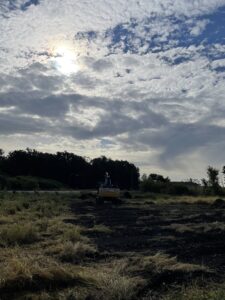 narrative of rural decline. Each cohort builds a peer network dense with ideas, expertise and resources that help rural small businesses start and scale their work within their communities. Working in both Minnesota and Wisconsin, RBIL supports rural businesses in their growth to become sustainable drivers of economic health.
narrative of rural decline. Each cohort builds a peer network dense with ideas, expertise and resources that help rural small businesses start and scale their work within their communities. Working in both Minnesota and Wisconsin, RBIL supports rural businesses in their growth to become sustainable drivers of economic health.
For Ian, connecting with other entrepreneurs working in agricultural or agriculture adjacent fields has been especially helpful. “I wanted to get a better understanding of the agribiz ecosystem in Minnesota and get assistance in growing my business,” says Ian. “I feel like we’ve made tremendous progress thanks to the resources we’ve had the opportunity to use.”
Ian also emphasized the power of seeing other entrepreneurs’ struggles and learning where and how they find inspiration to move forward. “It can be really easy to feel alone in agriculture because everything is geographically spaced out,” explains Ian. “We’re trying to create innovation in areas that may be rooted in convention. RBIL has helped me learn how to clearly market our brand to make connections beyond direct emails and phone calls. I feel like I am moving towards a more unified image of the company. This has been especially helpful.”
GET IN TOUCH
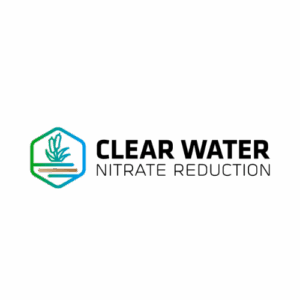 Visit https://nitratereduction.com for information about how Clear Water’s program could work for your farm.
Visit https://nitratereduction.com for information about how Clear Water’s program could work for your farm.
Contact Cameron Payne cameron.payne@cedausa.com at RBIL to learn more about the program. Visit 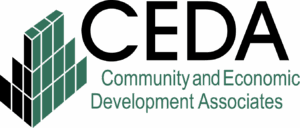 https://www.cedausa.com/ruralinnovation/ for a program overview.
https://www.cedausa.com/ruralinnovation/ for a program overview.
Follow @ruralbusinessinnovationlab on Instagram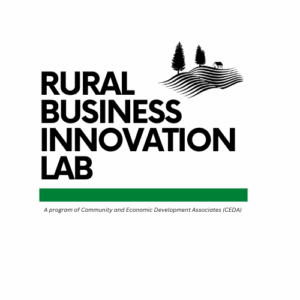
Follow CEDA on Facebook, Instagram, and LinkedIn.
Visit meettheminnesotamakers.com or follow @meettheminnesotamakers on Facebook and Instagram as well as Ambit and LinkedIn to discover the small business owners that make Minnesota an amazing place to be! Meet the Minnesota Makers is a news site that connects you to the local food, farms, artists and artisans that make Minnesota thrive.




